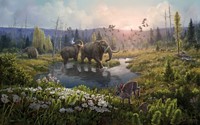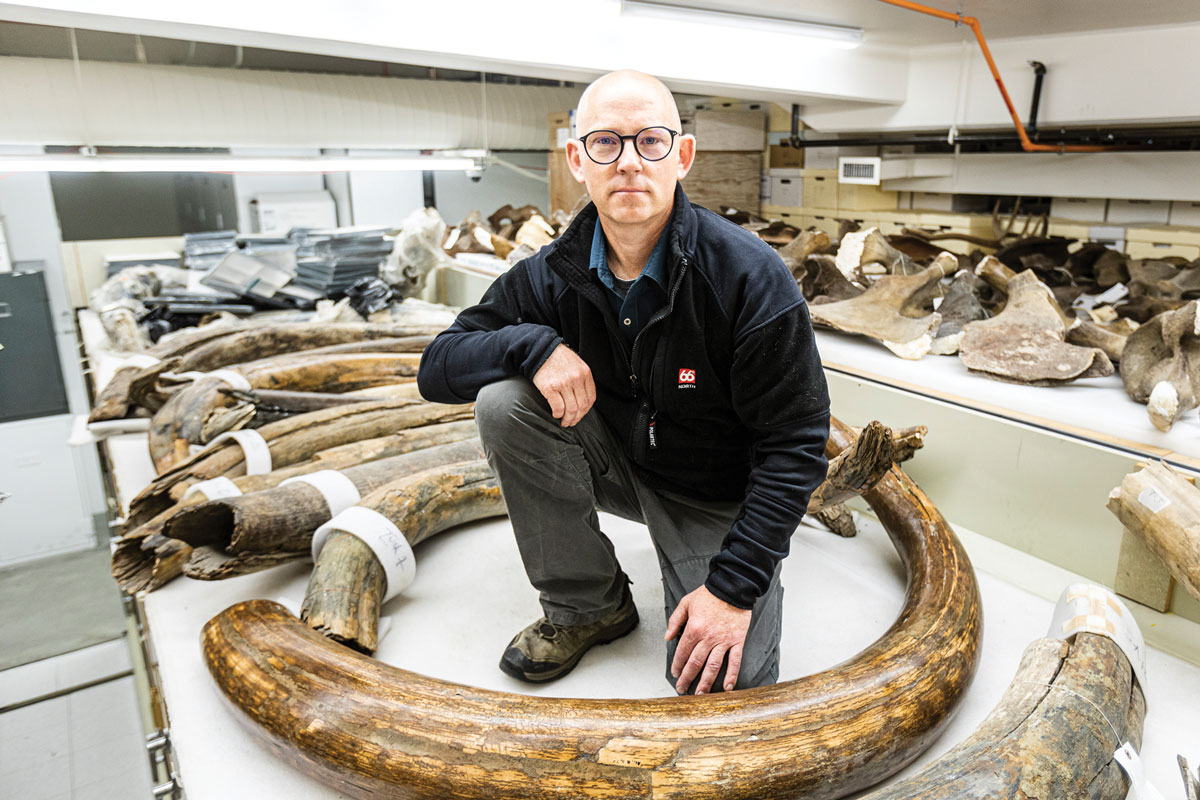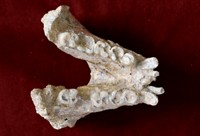Advertisement
Grab your lab coat. Let's get started
Welcome!
Welcome!
Create an account below to get 6 C&EN articles per month, receive newsletters and more - all free.
It seems this is your first time logging in online. Please enter the following information to continue.
As an ACS member you automatically get access to this site. All we need is few more details to create your reading experience.
Not you? Sign in with a different account.
Not you? Sign in with a different account.
ERROR 1
ERROR 1
ERROR 2
ERROR 2
ERROR 2
ERROR 2
ERROR 2
Password and Confirm password must match.
If you have an ACS member number, please enter it here so we can link this account to your membership. (optional)
ERROR 2
ACS values your privacy. By submitting your information, you are gaining access to C&EN and subscribing to our weekly newsletter. We use the information you provide to make your reading experience better, and we will never sell your data to third party members.
Biological Chemistry
Ancient Arctic Camels Unearthed
Amazingly preserved ancient collagen in camel bones reveals these mammals once lived in the far North
by Sarah Everts
March 11, 2013
| A version of this story appeared in
Volume 91, Issue 10
Three-and-a-half million years ago, camels roamed the Arctic. This bizarre pairing of mammal and habitat was deduced by analyzing ancient collagen proteins preserved in bone fragments found by Natalia Rybczynski, a paleontologist with the Canadian Museum of Nature (Nat. Comm., DOI: 10.1038/ncomms2516). When Rybczynski found the bones on Ellsmere Island in Canada’s Arctic, she thought they looked like the lower leg bone of a large mammal but wasn’t sure which one. She asked Michael Buckley from Manchester Institute of Biotechnology, in England, to compare the ancient bone’s collagen protein sequence with those from a variety of known species. The sequence best matched that of modern camels, as well as a camel ancestor from the Yukon, about 1,200 km (745 miles) south of the Arctic Circle. The team also worked with Dalhousie University’s John C. Gosse to date the bones by measuring the radioactive decay of beryllium and aluminum in the layers of sand where the bones were found. Cold temperatures made possible in part the collagen’s remarkable preservation for 3.5 million years. However, when camels lived on Ellsmere Island, Earth was 2–3 °C warmer than it is now, and the Arctic was a forest rather than a frozen landscape.





Join the conversation
Contact the reporter
Submit a Letter to the Editor for publication
Engage with us on Twitter